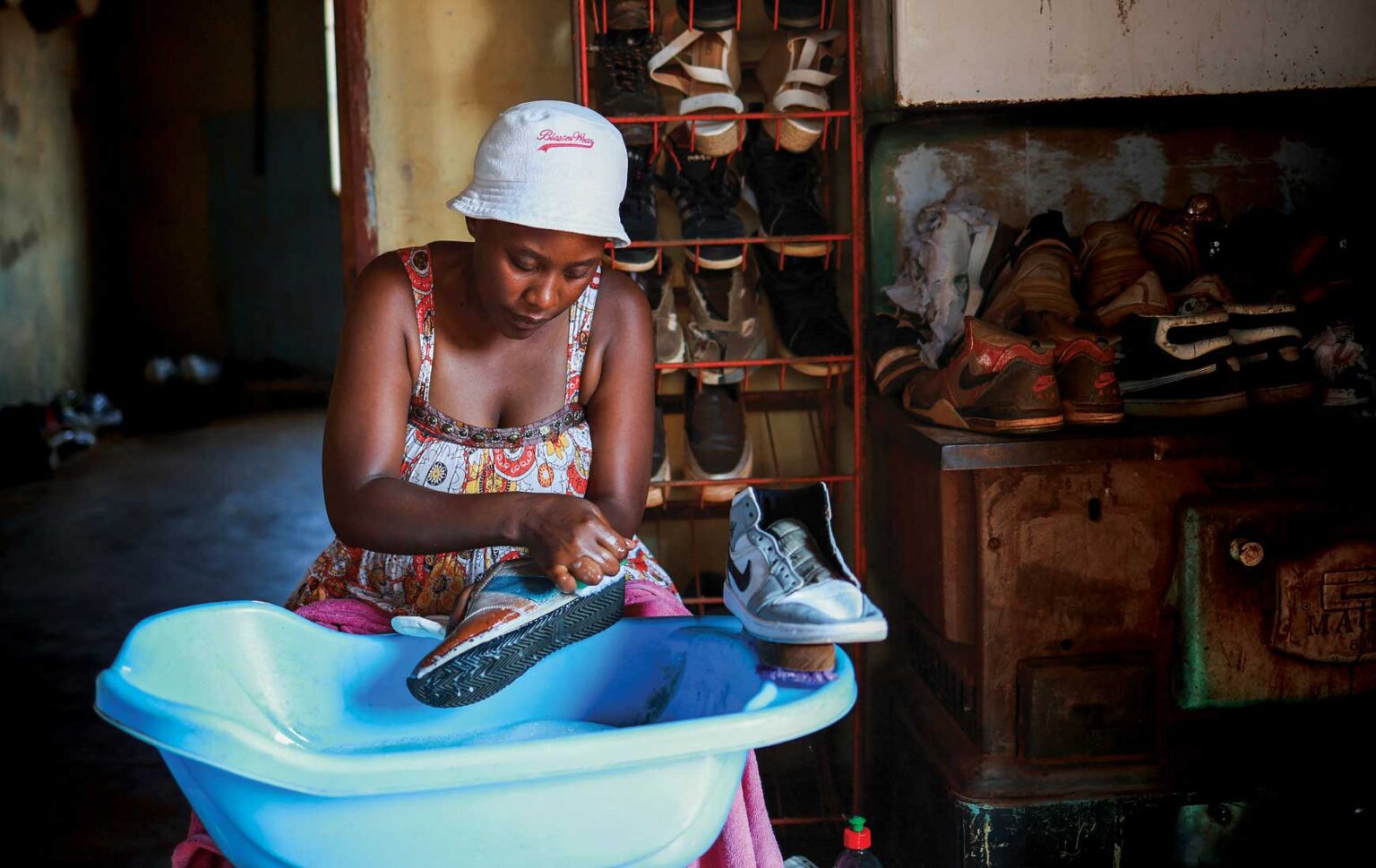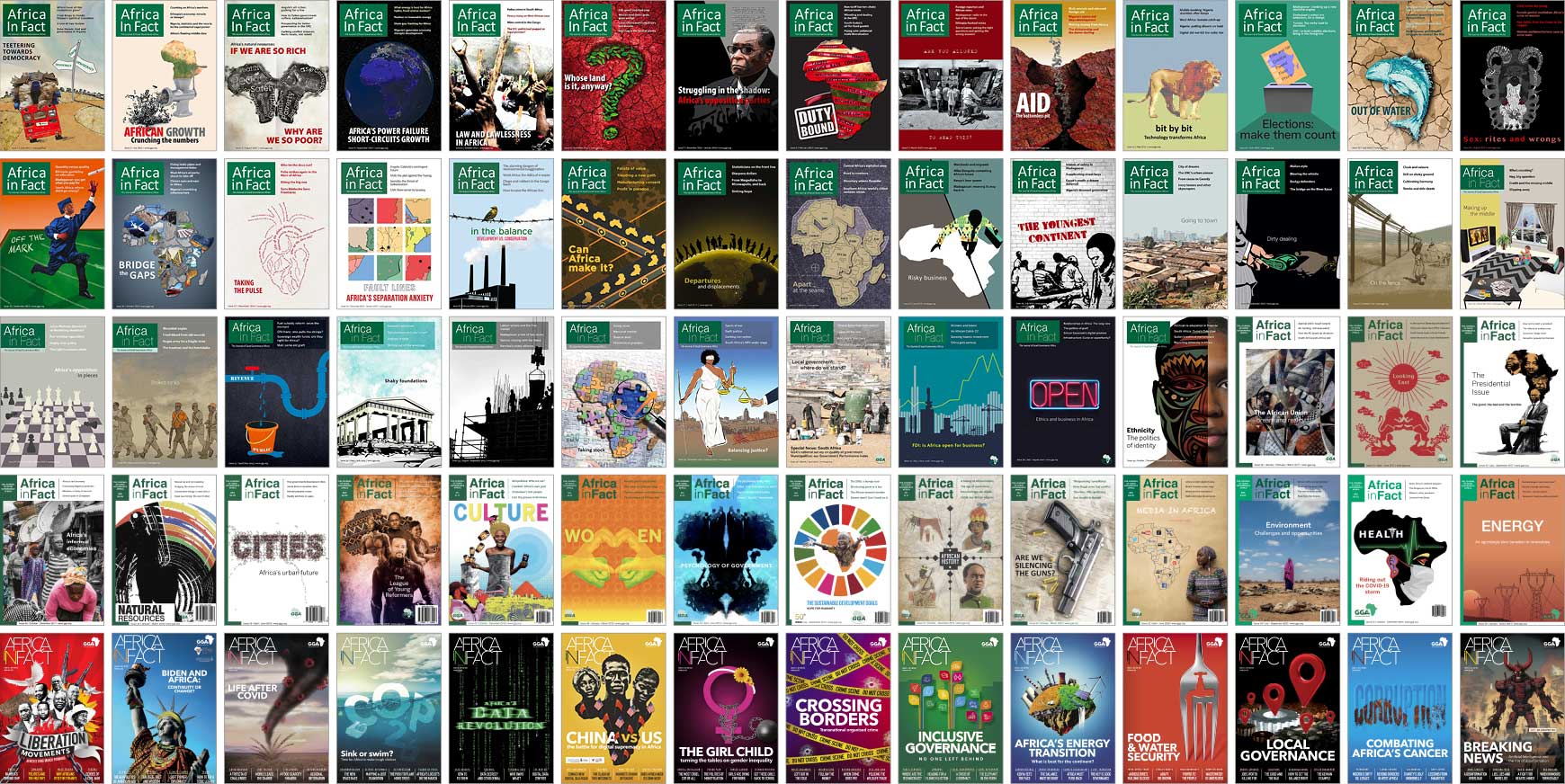“The mother of all megatrends is demographics. It is through demographics that we are going to see how much the world is going to change, and Africa too,” says Prof Carlos Lopes of the University of Cape Town’s Nelson Mandela School of Public Governance.
Lopes, who is an honorary professor at the school, said in an interview that the other two trends that will have a sizeable impact on the future of Africa are technology and climate change. All three, he maintains, raise the question of how to include the youth of Africa, who already dominate population numbers, in crafting positive outcomes for the continent.
The median age of the youth in Africa is 19.2, according to official projections. This means that half of Africa’s estimated 1.3 billion people are below this age. Countries vary, with the median age in South Africa being 27 years and in Nigeria 17.9 years, but nevertheless, this gives young people a disproportionate advantage in terms of numbers.
The Africa Cities Research Consortium says 70% of Africans in sub-Saharan Africa are below the age of 30, and the UN estimates that the working-age population on the continent will most likely double from 883 million people today to 1.6 billion in 2050.
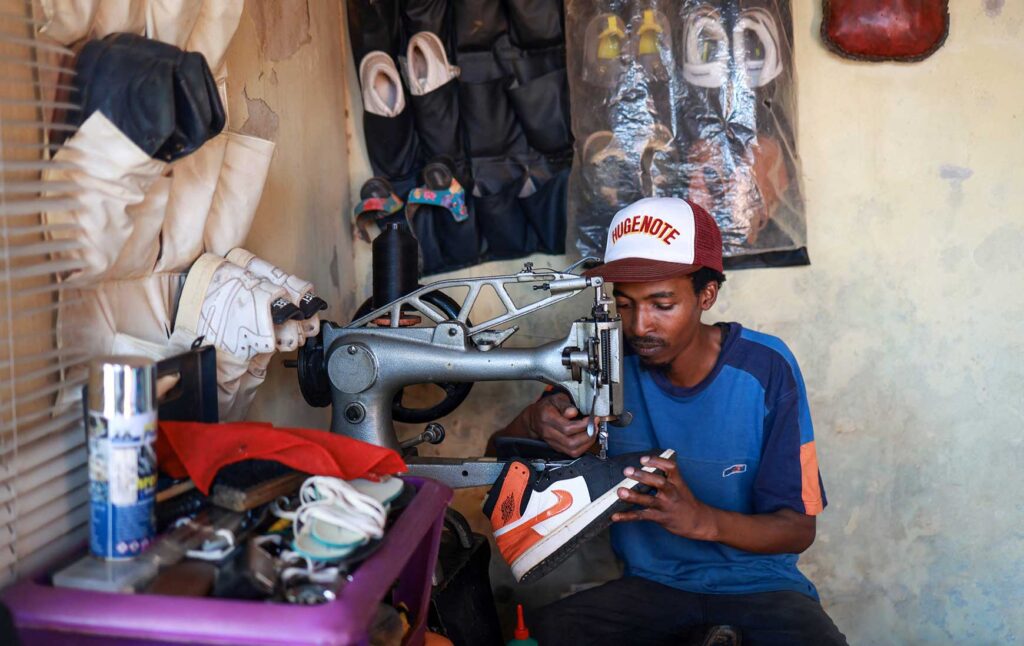
Lopes, who is also on the African Centre for Cities advisory board in South Africa, says that in light of these numbers, demographic dynamics need to be the guiding star for African countries in shaping their future economic policies. However, currently, the numbers advantage is not working in favour of young people, as they remain marginalised from political power or influence in managing the areas in which they live.
Given the rapid urbanisation taking place across the continent, the next few decades and beyond will be characterised by the intersection of youth and development, and no more so than in Africa’s fast-growing cities and towns.
However, as is commonly said, a demographic dividend is not an automatic outcome of high population growth. It needs to be proactively managed.
The opportunity exists to craft smart, well-planned urban areas and use innovation to address legacy challenges in existing cities, harnessing young people’s energy, ideas and skills.
However, based on current performance, the agglomeration of millions of young people in cities is likely to produce a future characterised by poverty, social exclusion, emigration, or risky behaviour rather than one of prosperity and development.
Most governments seem unprepared for this youth explosion, despite their concerns about the need to create jobs for the large numbers of young people entering the market every year. There is no silver bullet for this problem.
The dearth of skills is an issue. Many young people do not finish school or come out of under-resourced education systems that do not prioritise making students future-fit. Few can afford tertiary education, and most end up eking a living in the informal economy in environments where formal jobs are scarce.
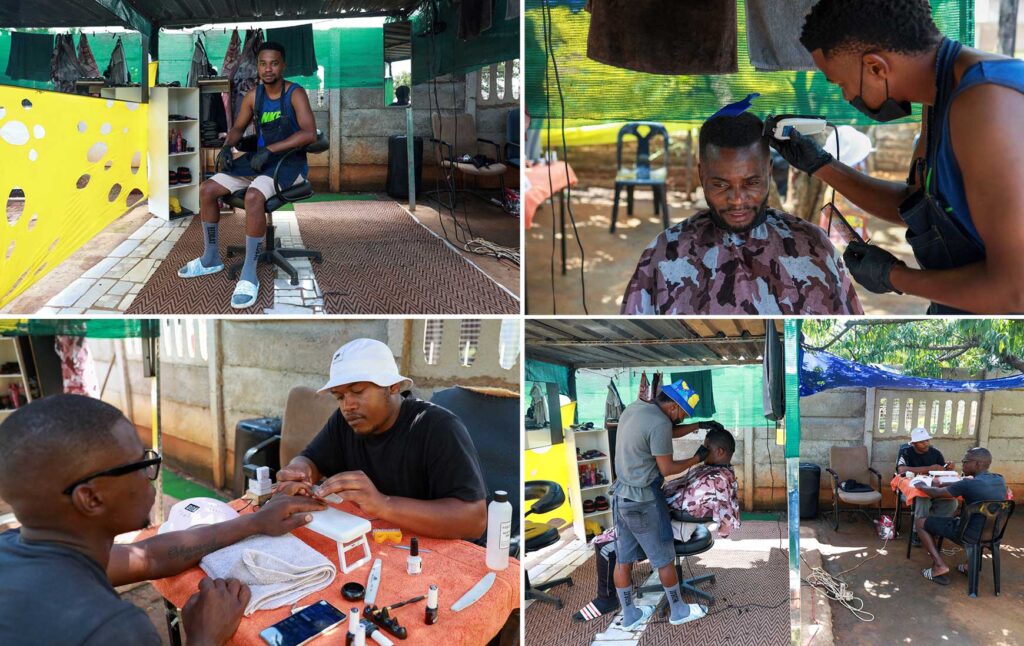
There has been a groundswell of initiatives driven by the public and private sectors to equip young people with the skills to become entrepreneurs as a solution to the problem.
Worthy as this is, not everyone is an entrepreneur, says Nicola Banks, professor of global development at The University of Manchester’s Global Development Institute. “This is a narrow solution to a complex problem.”
In an interview with Africa in Fact, Banks, who led research with the African Cities Research Consortium into five African cities, including Kampala, said many young people are not building businesses but are rather engaged in scarcity-driven individual enterprises, often focused more on survival than on growth.
On the ground, efforts to create jobs or give young people access to funds and training often miss the mark. Efforts might be worthy but are often too fragmented and dogged by challenges to move the needle.
The tendency to craft specific interventions to create jobs misses the point that many entrepreneurs do not succeed because they are held back by the unsupportive and high-cost ecosystem for businesses, especially small start-ups, created by governments. Also, ageing politicians who dominate the three tiers of government in most countries are out of touch with what young people want and need to succeed or even survive.
Banks said she had found little discussion within city governance structures in her African cities research about integrating young people into local government structures as the leaders of tomorrow.
Young people tended to be occupied more with community projects, including tackling a spike in drug and alcohol problems in African cities that have become a coping mechanism for unemployed youth.
These activities are important building blocks for leadership in governance. “But they still have no space to change things at a higher level,” according to Banks. “They are not being given space at the table to shape agendas, restructure organisations, or change the game. As a result, some will find other ways to exert power.”
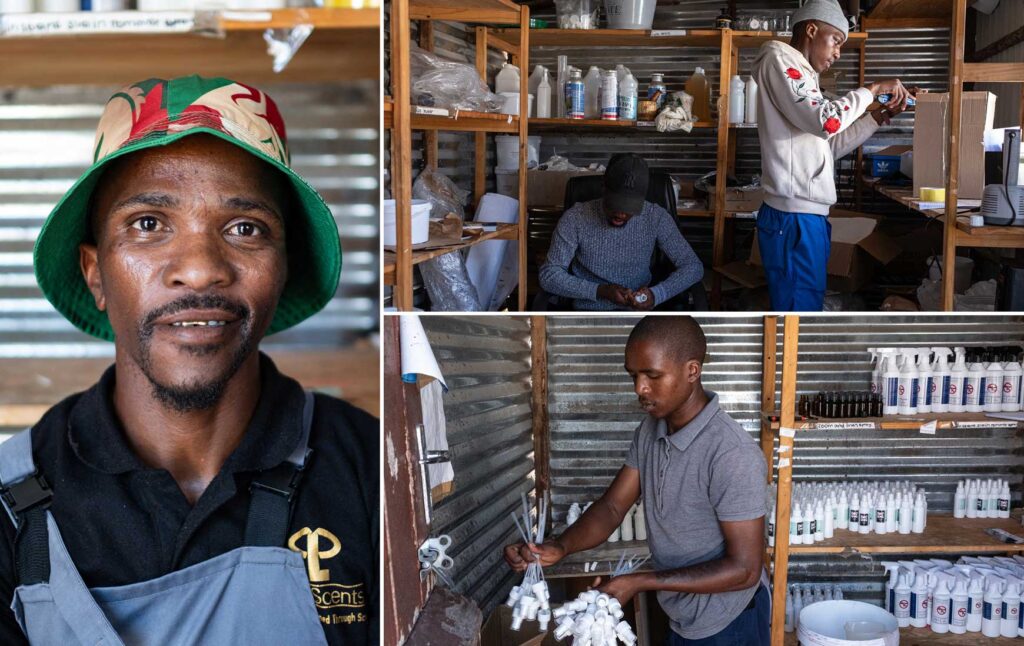
This can include joining gangs or heading crime syndicates, for example, which are mushrooming in Africa’s urban areas.
“There is lots of talk about the youth and what needs to be done, but the reality is that they are not an important constituency for governments beyond elections, where they can be used to intimidate communities into voting for the ruling party or disrupting the opposition.
“That magnifies the image of young people as a threat to cities, rather than a resource; not as a force for good but a group that needs to be managed,” says Banks.
This has led young people to find alternative ways to influence governance, not only through protests but also through online social and political movements, where many influencers have become voices for change.
Lopes says realising the youth dividend will require a broader view of the situation. “Africa’s population is projected to double to two billion by 2050, a mind-boggling number at the best of times, but it is the context of this rapid growth that is significant.
“Not only will the continent have a larger labour force than India or China, but it will have a vast concentration of youthfulness precisely at the time when the western population is ageing,” he says. Tapping into this trend could create a wealth of job opportunities for Africans. “Thus, Africa’s youth should not be seen as a continental problem, but as a global opportunity.”
But for now, that opportunity seems to be a long way off as a lack of planning leaves cities eventually unable to deal with their growing populations.
More than 60% of African people live in slums, according to UN-Habitat, and many of these are young people who came to urban areas in search of better lives, with only a small percentage finding what they were looking for.
The Africa Cities Research Consortium writes, “For young Africans, these urban promises and potentials often fail to translate into better social and economic mobility for their generation. Instead, they face a broad range of deep vulnerabilities.
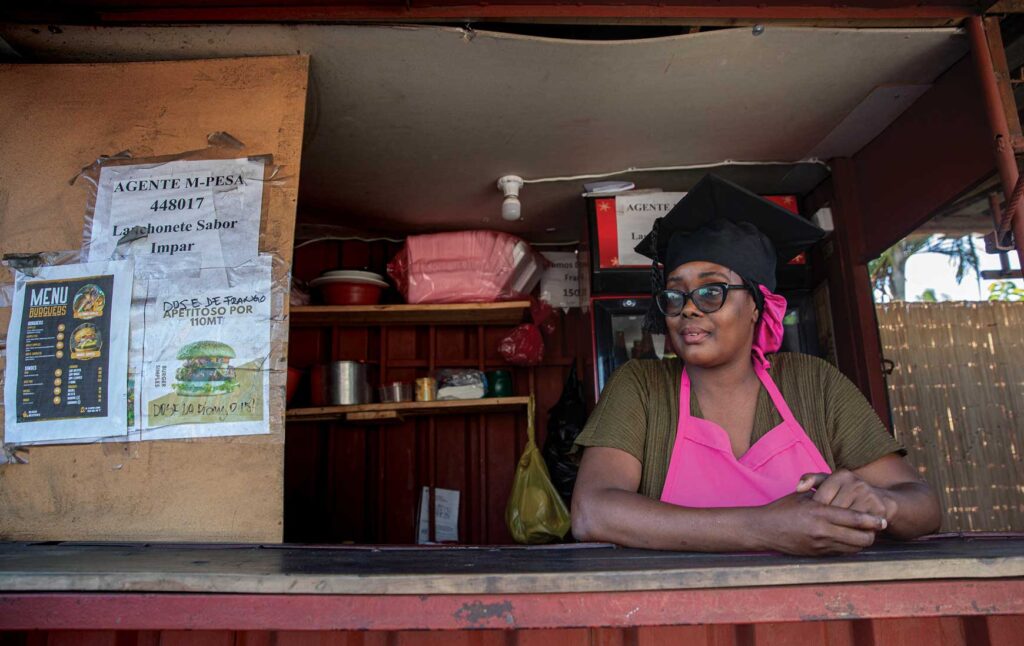
“Cities are difficult places to be young and poor. Increasing urban populations and shrinking formal employment opportunities across African cities mean most livelihoods involve having to ‘make do’ in an informal and economically insecure world.”
This means that while entrepreneurs may emerge in urban areas from current efforts, it is also likely that most jobs will remain in the informal sector, where it is cheaper and easier to manage.
Africa’s biggest megacity, Lagos, is characteristic of the model of African cities that has emerged through a mix of official neglect and failure to tackle the growing numbers of people flooding into the city.
More than 70% of Lagos residents are under age 35, with many working in the informal sector. Many also live in the slums that dominate the city and survive on “make-do” enterprises such as selling food. But the city is also a hub for young people driving tech-driven innovation, improving financial inclusion and digital access.
Young Nigerians have been actively seeking greater participation in political structures. In 2018, the government passed a new law lowering the age for participation in national structures from 40 to 30 and even 25. However, change is taking time, with structural, financial, and mindset issues standing in the way. A similar situation exists in Lagos, which needs all hands on deck to tackle deeply entrenched legacy problems.
Having more young people in the formal systems and networks does not guarantee the transformation of complex and often outdated systems. But it will give the cities of the future a chance to do things differently and modernise thinking, systems, and plans.
Inclusive urbanisation, if well managed and planned, could turn cities into hubs of innovation and job creation. They provide an agglomeration of ideas, energy, and talent that could help transform spaces and environments that face new threats in a rapidly changing world.

